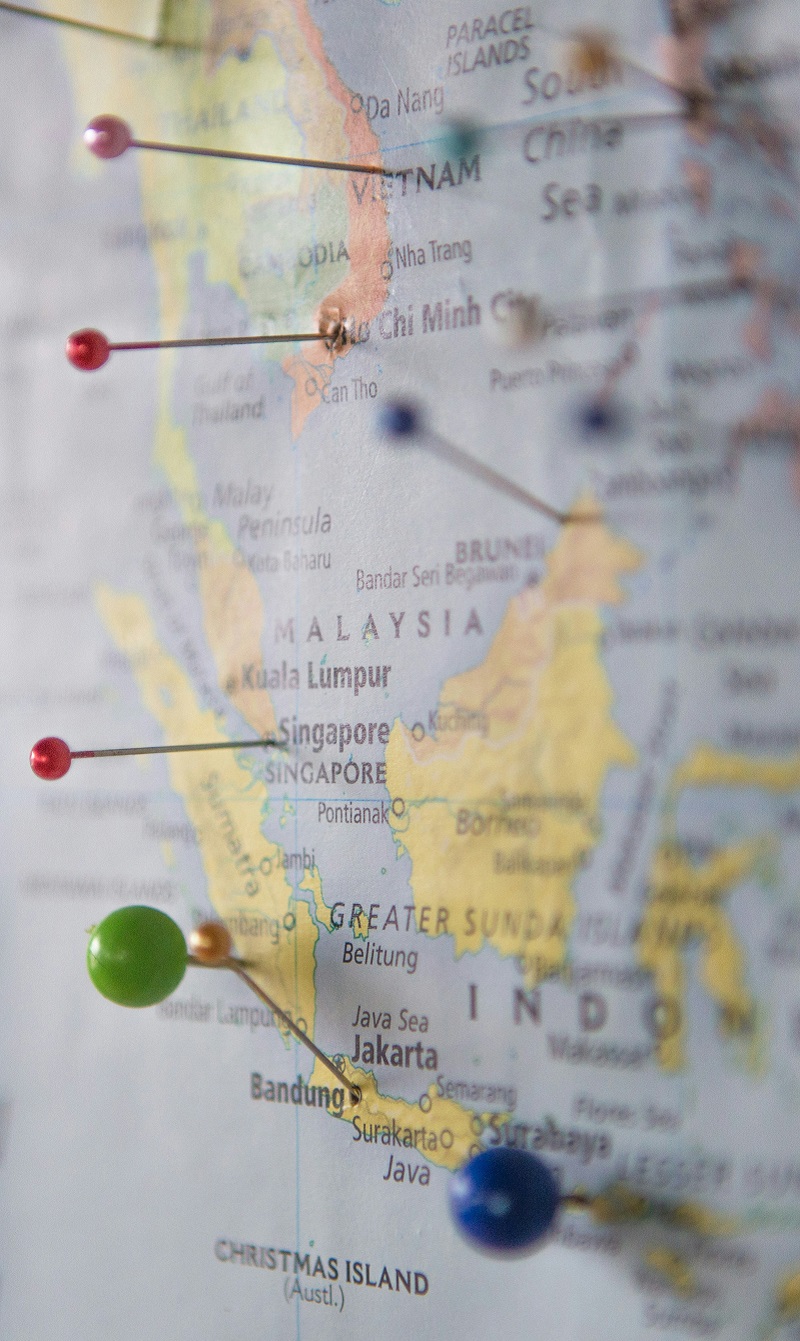Fiscal reform and stability put Pakistan on path to prosperity
In a special publication by The Worldfolio, in conjunction with the 11th World Islamic Economic Forum in Kuala Lumpur, former Governor of the State Bank of Pakistan explains Pakistan’s macroeconomic situation.
Former Governor of the State Bank of Pakistan (SBP), Ashraf Mahmood Wathra, discusses the IMF reform package and Pakistan’s stable macroeconomic situation, both of which will help steer the country toward achieving its vision to become an upper-middle-income nation by 2025.
What has been the scope and impact of IMF reform? How’s Pakistan now in a much better shape than it was in 2013?
Pakistan started broad-based reforms under the IMF’s Extended Fund Facility (EFF), covering the resolution of structural issues, removal of energy shortages and inefficiencies, consolidation of fiscal accounts, strengthening of financial stability, and enhancement of central bank independence. These reforms, along with the decline in oil prices, have definitely catalysed significant improvement in macroeconomic conditions over the last two years. In particular, Pakistan’s external position has improved considerably with a sustained increase in foreign exchange reserves – reaching USD18.8 billion by the end of July 2015 from about USD8 billion at the end of January 2014 – and stability in the foreign exchange market.
How has the reform proposed under the EFF framework to improve the country’s economic and financial governance affected the State Bank of Pakistan?
The improvement in the overall macro environment has already allowed the State Bank of Pakistan (SBP) to focus on growth, and reinforce transmission of monetary policy. Now coming to reforms under EFF, broadly speaking, this includes measures to enhance SBP’s autonomy, improve monetary policy framework, and strengthen SBP’s internal operations.
These reforms, alongside the remarkably improved macroeconomic indicators have put Pakistan’s economy on a higher growth trajectory. What will be the elements upon which this growth is to be built? What are the challenges looking forward?
The government has already developed Vision 2025, which outlines a roadmap for Pakistan after extensive input and deliberations of all stakeholders.
This Vision aims to move Pakistan into a group of upper-middle-income countries by 2025, and this will require a GDP growth of over 8 per cent during 2018-2025.
We know achieving this high growth will be challenging. The long struggle against terrorism continues to impose immense social, economic, and human costs; the security situation and the continuing energy shortages are constraining economic growth; and productivity is low due to inadequate investment in education, health and population welfare. The challenges are compounded by several adverse exogenous developments, especially the threat of climate change, the global slowdown and the continued stagnation in developed country import demand, as well as aid flows.
Fiscal prudence and lower borrowing costs established by the SBP have led to a reinforcement of the country’s macroeconomic stability. What is the current situation and what is being done to uphold all the progress already achieved?
Pakistan’s economy enjoys a stable macroeconomic environment. Firstly, the external sector has improved considerably: the current account deficit has narrowed to less than 1 per cent of GDP; SBP’s liquid foreign exchange reserves could finance more than three months of the country’s import bill; and the rupee has largely been stable.
Secondly, inflation has declined to a decade low of 4.5 per cent in FY15, compared with the 8.6 per cent in the previous year. This reduction is broad-based, as all measures of core inflation recorded noticeable decline during the year. Inflation expectations also remained at ease for most of the year. In fact, all three indices of inflation expectations recorded decline in five out of six surveys conducted during the year.
Thirdly, there as a notable reduction in fiscal deficit together with a favourable change in its sources of funding. Fourthly, the real GDP growth at 4.24 per cent is the highest level since FY08.
The international financial institutions have acknowledged this remarkable progress. The IMF programme is on track and we successfully concluded the eighth review under the programme recently. Moody’s Investor Service has upgraded Pakistan’s credit rating by a notch, and assigned a stable outlook.
The IMF has praised the state of the financial sector. Which policies have served to reinforce the sector? What is the picture of the Pakistani financial sector nowadays? Does the financial market offer new opportunities for investments or new entrants?
Considerable reforms in Pakistan’s banking system have been undertaken to significantly strengthen its soundness, profitability, efficiency and diversity. These include the development and implementation of prudential measures. After the deregulation of the banking sector in Pakistan in the 1990s, the SBP developed and implemented measures leading to more professional, transparent and responsible management practices in the sector.
The adoption of an Anti-Money Laundering framework has also been actively followed up with banks so that they have compliance policies in accordance with international regulations. Recently we were removed from the Financial Action Task Force gray list as a result of the completion of its action plan and the demonstration of the effectiveness of the AML/CFT regime in Pakistan.
We also designed and implemented the Financial Inclusion Program (FIP). This includes risk sharing initiatives, smart grant facilities for capacity development, innovation and market infrastructure development primarily for sustainable development and the growth of the microfinance sector, branchless banking and SME finance.
The investment community now describes Pakistan as ‘the best, undiscovered investment opportunity in emerging or frontier markets.’ With these improvements, the country has regained access to key sources of finance (IBRD) and it is back on the radar of international investors. How have these recent developments attracted investments into the country? How have FDI inflows evolved?
The government initiated a decisive military offence against militants in tribal areas. A crackdown against various terrorist factions that had crippled Karachi, the country’s financial hub, is also in full swing. These operations have brought a tangible improvement. People feel safe now; businesses are not interrupted with extortion threats or strikes and retail sales have firmed up. With an improved security situation and a more comfortable external account, foreign investors are now tracking Pakistan. And why not? This country offers immense potential due to a large domestic market, as well as its geographical location providing a gateway to central Asian countries. The first tangible success is the start of development work on infrastructure and energy projects under the China-Pakistan Economic Corridor. While China is increasing its stakes in Pakistan in various other sectors like telecoms and renewable energy, Japanese investors have also shown a keen interest in investing in Pakistan’s automobile and coal-based energy projects. Similarly, Russian and Korean firms are also planning to enhance investment in Pakistan’s infrastructure and energy sectors.
___________________





